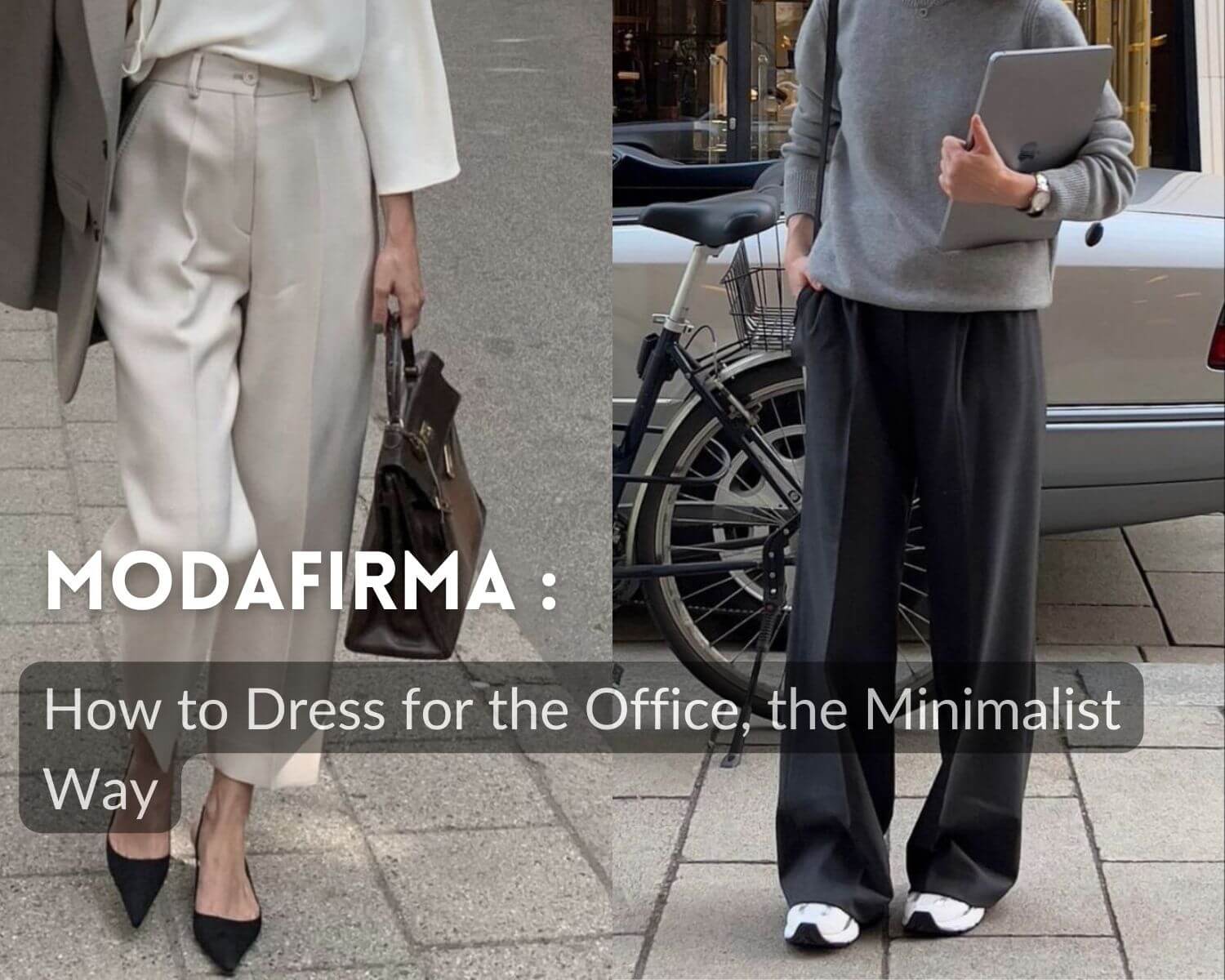Table of Contents
We all know that when you look good, you feel good. And what women know better than men? Looking good often takes more work than drinking plenty of water and getting enough sleep. And hey, even when you’re able to do that, Father Time comes for us all, amirite?
Which is why those in search of smoother skin—and with it, a younger-looking appearance—often turn to Botox. And increasingly, that includes men! This grooming routine game-changer can be a secret weapon for men who are concerned about the signs of aging on their faces. Especially forehead wrinkles.
To make sure you’re armed with everything you need to know about this minimally-invasive treatment, I consulted Dr. David Shokrian of NYC-based Millennial Plastic Surgery, and got a real-life 40-something guinea pig to try Botox for himself, capturing a pretty astounding men’s Botox before-and-after to share with you here.
Curious? Read on.
How does Botox work?
Botox (the “Kleenex” of neuromodulators that contain Botulinum toxin-A, but there are others on the market, too) relaxes the facial muscles that cause lines and wrinkles.
Injecting this neurotoxin into expression lines, crows feet around the eyes, and those vertical lines that look like the number “11” that post up between your eyebrows, reduces those lines and wrinkles in a big way.
Why do these wrinkles and lines form in the first place? Well, those expressive facial traits that are elastic for most of our twenties and into our thirties—think: smile lines and creases in your forehead when your eyebrows shoot up in surprise—those go from dynamic (meaning, they go away when the expression goes away) to static as we age.
The tl;dr: your face’s expression lines that once faded are now visible on your face all the time.
What should men know about getting botox in their forehead, specifically?
“Anti-aging isn’t just an area of concern for women. Men also want to appear youthful as long as possible,” says Dr. Shokrian.
And since the pandemic moved so many of us to hybrid or remote work, more men than ever before have been confronted with the lines embedding into their own faces during endless Zoom calls.
RELATED: How to Look Better on Zoom
Which is why it’s not surprising that Dr. Shokrian says most men seek out Botox for the top third of the face—the forehead and those pesky 11’s between the brows.
Thankfully, Botox for forehead wrinkles works immediately and in the longer-term to reduce lines and wrinkles, and over time even prevent new lines and wrinkles from forming.
Do men need more botox than women?
In a frankly delightful reversal of the pink tax, men actually need more Botox than women to achieve similar results.
Why? Because men’s facial tissue is typically thicker than women’s, the muscles responsible for facial expressions are stronger. The result of this increased strength? Deeper, more noticeable wrinkles. So, more Botox is needed to achieve the same relaxing effect.
So, how many units do you need? While women may be able to get away with just 20 units of Botox to address forehead wrinkles, men will more likely need up to 50.
Does getting Botox for forehead wrinkles hurt?
This is what my willing-but-nervous volunteer was most nervous about. A 41-year-old man who can bench press 200 pounds and once broke his clavicle playing street hockey nevertheless got extremely anxious about a series of needle pokes.
Thankfully, getting Botox in your forehead doesn’t really hurt that much, since what usually is painful about injections is what’s going into the skin, and with Botox, it’s a very fine needle and you’re not injecting that much actual fluid.
Still nervous? Rest assured: you can get topical numbing cream applied in the office before your injections. It takes about 20 minutes for the effects to kick in, and you will still feel pressure from the syringe needle as it breaks skin, but the pain is a 2 on a scale of 1-10, at most.
How quickly do you see results from Botox?
Here’s where we get into the juicy stuff. Within a week, you’ll see noticeable differences between your pre- and post-Botox forehead.
Take a look at SG volunteer’s Botox before and after:

I mean, it’s kind of mind-blowing, right?
That’s one week post-Botox.
“If you see actors or public figures who look good for their age,” says Dr. Shokrian, “there’s a good chance they’re turning to injectables for those aesthetic results.”
What happens after you get Botox in your forehead?
There’s a chance you may experience some bleeding after injections, so buffer in a solid 20-30 minutes post-appointment to hang out at the doctor’s office, as you can’t wear a baseball cap for a few hours after your treatment.
You also can’t lay down for a few hours, and should avoid alcohol and heavy exercise for the next 24 hours. So, plan accordingly.
How often do you have to get Botox for your forehead?
“Every three to four months” says Dr. Shokrian. Plan it into your budget, and if you like the results but the treatment is a pinch on your budget, “treat fewer areas” rather than skimp on units.
The bottom line about Botox for men’s forehead wrinkles
Botox is a miracle worker for moderate to severe forehead wrinkles. If it’s in your budget, and you’re not too squeamish, find a reputable medspa in your area and go for it.




